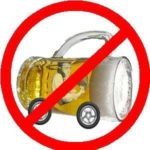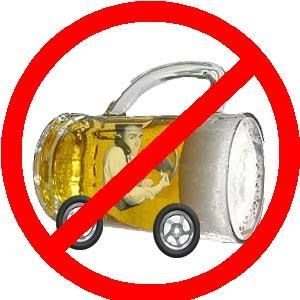FACT: An estimated 32% of fatal car crashes involve an intoxicated driver or pedestrian.  Drinking alcohol and driving simply do not go together. The human brain has to deal with many things and process countless data all the time. Alcohol affects attentiveness and one’s ability to make quick decisions on the road, react to changes in the environment and execute specific, often difficult maneuvers behind the wheel. When drinking alcohol, driving becomes dangerous – and is potentially lethal! Despite increased public awareness, drinking and drugged driving continues:
Drinking alcohol and driving simply do not go together. The human brain has to deal with many things and process countless data all the time. Alcohol affects attentiveness and one’s ability to make quick decisions on the road, react to changes in the environment and execute specific, often difficult maneuvers behind the wheel. When drinking alcohol, driving becomes dangerous – and is potentially lethal! Despite increased public awareness, drinking and drugged driving continues:
- Nearly 13,000 people are killed each year in alcohol-related accidents
- Hundreds of thousands more are injured
- Alcohol-related crashes cost American taxpayers over $100 billion
- Over 1.4 million arrests for DWI each year (less than 1% of 159 million self-reported episodes of alcohol-impaired driving) and 780,000 are convicted
- Two-thirds of those sentenced to incarceration are repeat offenders
- All states in the U.S. have adopted .08% BAC (blood alcohol concentration) as the legal limit for operating a motor vehicle for drivers aged 21 years or older.
Drivers Under Age 21: Drivers younger than 21 are not allowed to operate a motor vehicle with any level of alcohol in their system. The majority of drinking and driving deaths are due to drivers with a blood alcohol concentration, or BAC, of at least .10 BAC (blood alcohol concentration), the most commonly used definition of intoxication.
How Does Alcohol Affect the Driver?
BAC of 0.02:
As the person reaches .02 they begin to experience some loss of judgment, relaxation and altered mood which results in a decline in visual functions and ability to perform two tasks at the same time.
BAC of 0.05:
Psychomotor performance is significantly impaired; slower eye movements occur; visual perception, reaction time and information processing are adversely affected resulting in reduced coordination, reduced ability to track moving objects, difficulty steering and reduced response to emergency driving situations
BAC of 0.08:
Muscle coordination is poor (e.g., balance, speech, vision, reaction time, and hearing), it is harder to detect danger and judgment, self-control, reasoning, and memory are impaired resulting in reduced concentration, short-term memory loss, loss of speed control, reduced information processing capability (e.g., signal detection, visual search) and impaired perception. Other Vehicles- Not Just Automobiles: A growing number of alcohol-related crashes occur on water and snow while motor boating, jet-skiing and/or snowmobiling.
Driving While Intoxicated (DWI) is a Crime.
If you are convicted, you will face a substantial fine, a mandatory surcharge, license revocation, higher insurance premiums, and possible incarceration. State by State Laws and Regulations: To learn state specific information regarding convictions, fines, jail sentence, license action & requirements – including revocation and reinstatement – community service, etc., check with your state Department of Motor Vehicles. Although state laws and penalties vary, laws across the U.S. are becoming increasingly strict. But, We Have Made Progress: Due to increased public awareness, prevention, enforcement and treatment/recovery, alcohol-impaired driving deaths have decreased 48.5% from 1982 (26,172) to 2006 (13,470).
Warning: Drinking and Driving is Not the Only Alcohol-Related Risk of Death:
Annually, almost 100,000 deaths are alcohol-related, and only 13.5% are drinking and driving. Over 86.5% of all alcohol-related deaths are pedestrian accidents, falls, fires, homicides, alcohol-overdose, suicides and health-related deaths, e.g., cirrhosis, etc. Drinking and Driving is a Hazardous Combination Don’t Drink and Drive




